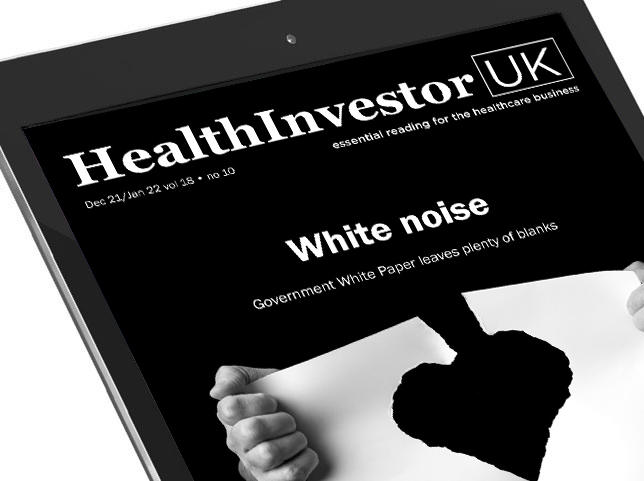Signs of life, signs of strife
The healthcare market never really stopped. Even during the darkest moments of the Covid-19 pandemic, decisions were made, investments signed off. Lead times for healthcare deals – especially new developments – can be notoriously long, and with the construction industry continuing (largely) uninterrupted throughout 2020, many asset-backed deals proceeded as planned – despite uncertainty around the safety of care environments.
For asset-light, operational or tech-focused businesses, the picture wasn’t so clear. As workplaces were emptied and home-working suddenly ubiquitous, the accepted norms for the deal-making communities were thrown out the window. Late-night team sessions to hit a deal deadline; face-to-face ‘crunch’ meetings between parties to overcome differences; even the simple act of signing papers – these staples of the transaction process had to be re-imagined virtually, from kitchen tables, garden sheds or desolate City offices.
Inevitably, deal-flow suffered. Processes that were nearing completion in March 2020 were paused or in some cases pulled entirely. And while this will have frustrated many of the protagonists, it was of course understandable. Certainty was a scarce commodity in a world turned upside down; for deals with complexity and risk, the smartest move was often to wait and see.
Looking at this edition’s news pages, however, it seems a corner has been turned in the market. With significant deals closing across specialist care, residential care, health technology and the physio and wellness sectors, there are clear signs the sector is back in business. Buyers from the world of private equity, US REITs, property funds and trade are all executing investment theses and deploying capital with confidence.
The movement of the M&A markets is in stark contrast to the policy environment – especially in relation to the social care sector. In a special report on page 20, Natasha Curry and Camille Oung set out the long-unaddressed issues within the social care provider market, presenting a central argument that funding increases alone are insufficient to address the sector’s systemic problems.
With limited signs of material progress, the latest reports out of Downing Street suggest that the government’s thinking is still centred on the Dilnot Report of some 10 years ago. The Telegraph reports that Boris Johnson supports the central recommendation – to cap costs at between £25,000 and £50,000, with the taxpayer covering the rest – but is said to be at a stalemate with the Treasury, which argues the cost to public finances would be unsustainable.
When it comes to responding to complexity and uncertainty, the investment world can only stand still for so long. For politics, it seems, another set of rules apply.
Vernon Baxter,
Managing director, Investor Publishing





